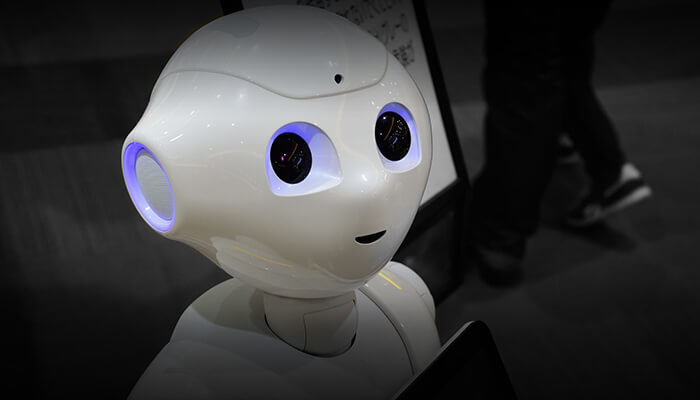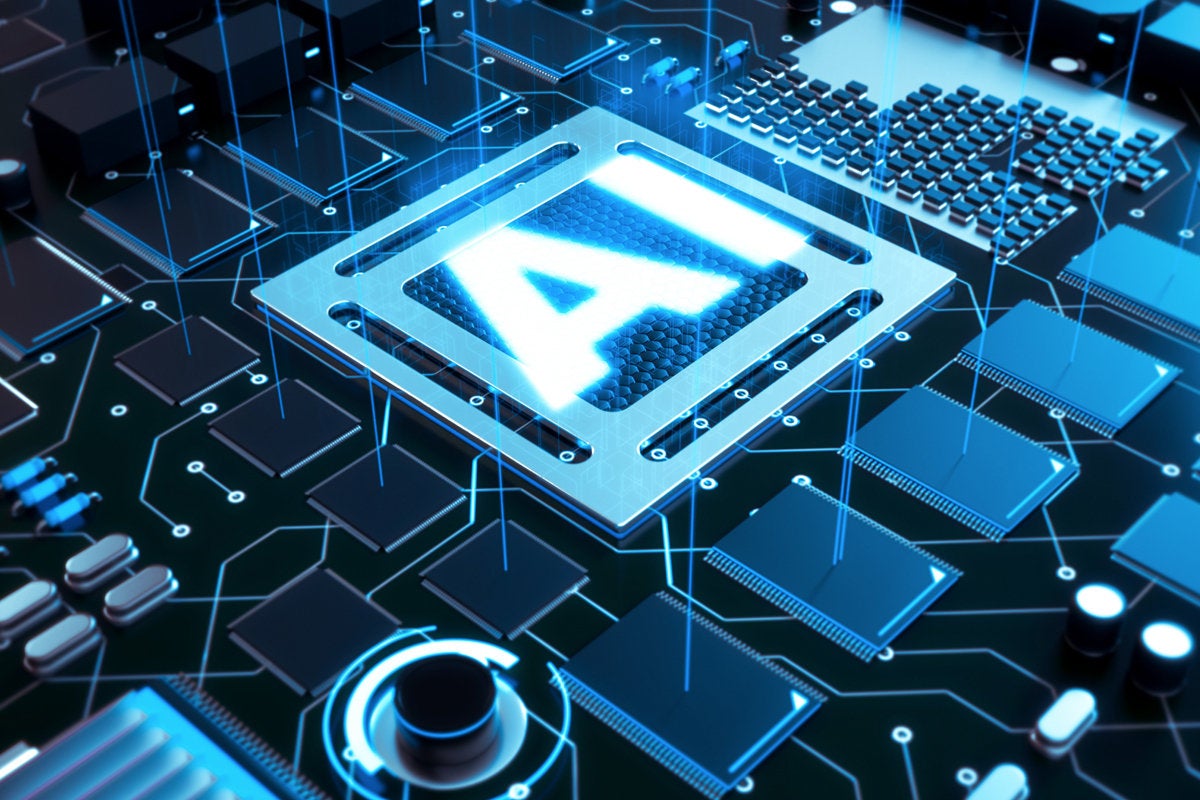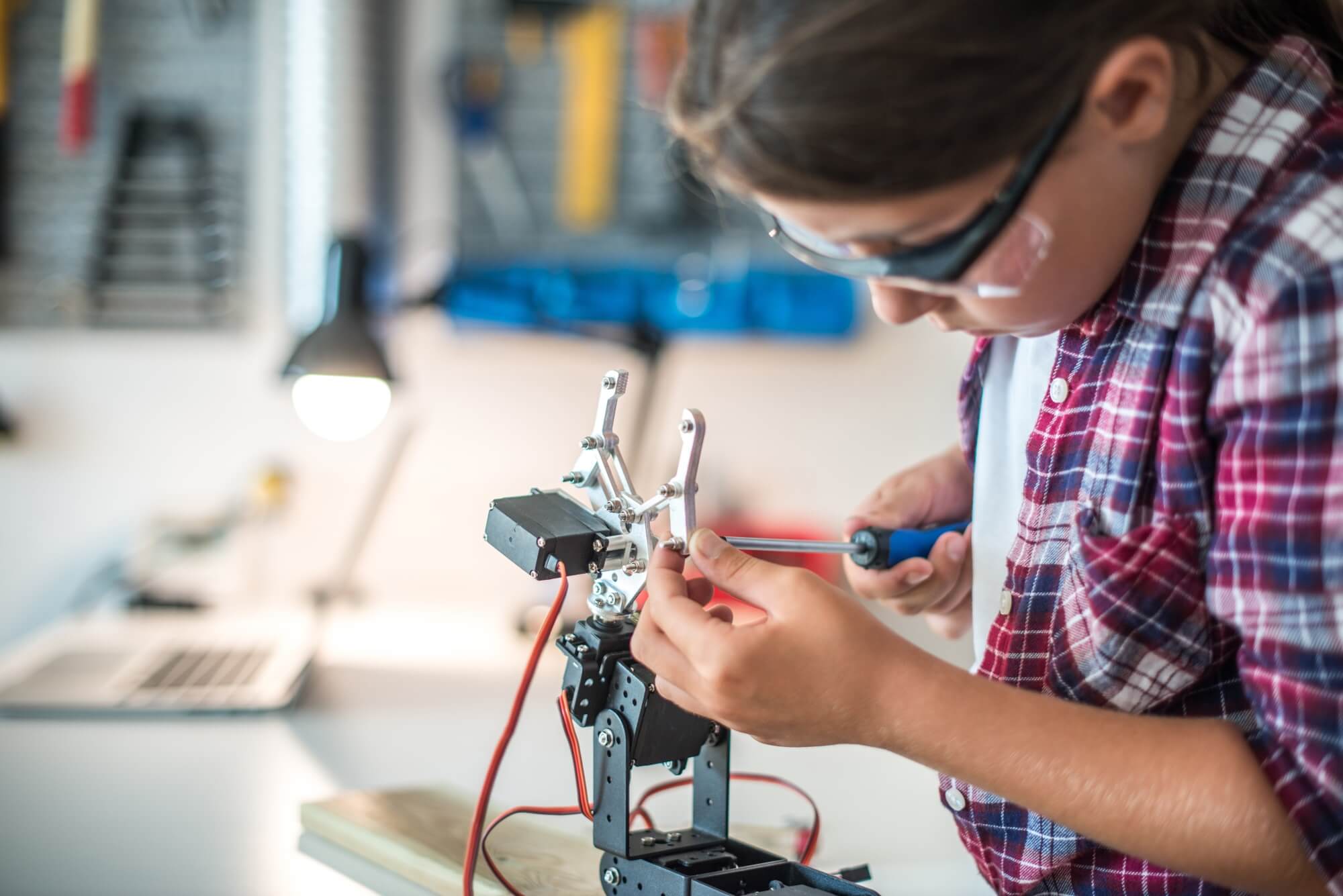How to Get your Educators Excited About Using EdTech
 Photo by Avel Chuklanov on Unsplash
Photo by Avel Chuklanov on Unsplash
The pandemic has taken a toll on all our institutions, and schools aren’t exempt. School leaders know that schools are closed, but teaching must go on, and; learning must go on.
Schools have moved to online learning. Educators are working from home, delivering classes to learners over the video, preparing lesson plans, collaborating with other educators, amongst many other tasks. Educators are working harder and longer, and many are exploring the edtech at their disposal. It is a big change that requires school leaders to manage their educators’ motivation to prevent loss in productivity and burn-out.
Here are a few strategies to make sure your educators remain motivated and online schooling continues smoothly.
- 0 Comments
- Jul 13, 2021 10:45:29 AM
- Posted by Natalia Galvis
- Topics: EdTech, STEM, Education, teachers, students, Technology, Innovation, Edchat, Digital Technology, Educators, online, distance learning, lessons, Online Learning
How Robotic and Technology are Helping the Education Sector
Education is the building block of society. While in the early days, education setup was all about a tree, chalk and slate with the change in time, it has revamped into a luxury space that includes everything that reduces human effort in terms of learning.

Today, more than anything else, the entire focus is shifting towards innovation, creativity, technical advancement. Education is not just limited to educate someone rather it has become a practice to innovate and the formal education system is reaching a new level.
- 0 Comments
- Dec 20, 2019 10:00:00 AM
- Posted by Natalia Galvis
- Topics: Robotics, EdTech, Education, Robots,, Technology, Edchat, Digital Technology
Educators: Are You Really Technology Literate?
The Internet is firmly here to stay. Computers and the World Wide Web have come a long way since the net first launched in the late sixties. Computers and all their silicon associates have cemented themselves into the modern world. Cell phones, laptops, iPods, iPads, tablets – the list goes on and on. Screen-literacy has become a mandatory part of success in today’s world.

- 0 Comments
- Dec 19, 2019 10:15:00 AM
- Posted by Natalia Galvis
- Topics: Robotics, EdTech, Education, Robots,, Technology, Edchat, AI, Digital Technology
The Effects of Artificial Intelligence on Education
Artificial intelligence can be defined as the ability of computer systems to perform tasks and activities that usually can only be accomplished using human intelligence. In the world of education, this technology is revolutionalizing schools and classrooms, making educators jobs a lot easier.

- 1 Comments
- Dec 18, 2019 10:13:08 AM
- Posted by Natalia Galvis
- Topics: Robotics, EdTech, Education, Artificial Intelligence, Robots,, Edchat, AI
Unlocking the Code for Robotics in the Classroom
Teaching robotics to elementary students can enhance sensory learning, improve socialization, provide opportunities for hands-on innovation, and raise the level of rigor.

- 0 Comments
- Dec 17, 2019 10:10:00 AM
- Posted by Natalia Galvis
- Topics: Robotics, EdTech, Education, Computer Science, code, Coding, Edchat
Expeditions at East Elementary!
Students at East Elementary in Zion have been embarking on some amazing expeditions with the help of Google!
- 0 Comments
- Dec 16, 2019 10:00:00 AM
- Posted by Natalia Galvis
- Topics: EdTech, Education, VR, Edchat, Google Expeditions
The key role of EdTech in Special Education
Some students face more challenges than others in their learning process. They were once labelled as ‘lazy’ or ‘stupid’; today, with our better understanding of the medical conditions that can hinder learning, they are simply students with special needs.
Students with physical or cognitive disabilities require special education teachers who can give them individual attention, which is often a problem for institutions that are understaffed or have a modest budget; however, investing in assistive technology can increase their level of independence and decrease the need for one-on-one time—it does not eliminate the need for special ed teachers completely, but it certainly reduces the strain. Let’s see how.
- 0 Comments
- Dec 13, 2019 10:05:00 AM
- Posted by Natalia Galvis
- Topics: EdTech, Education, NAO, Special Education, autism, Edchat
Google Expeditions Transports Roxbury History Students to Louisiana
 Students experience Google Expeditions in the classroom Credits: Roxbury High School
Students experience Google Expeditions in the classroom Credits: Roxbury High School
- 0 Comments
- Dec 12, 2019 10:15:00 AM
- Posted by Natalia Galvis
- Topics: EdTech, Education, VR, Edchat, Google Expeditions
Boosting Your Child's STEM Skills With Robotics
"STEM" is an important educational topic sweeping through homes and schools across the world. STEM is an acronym representing the huge push to teach and involve students in science, technology, engineering, and math. Due to struggling test scores and low enthusiasm in many schools, both parents and teachers are striving to find new and better ways to create greater interest in these critical learning topics. These classroom subjects give our children the keys to a booming future in one of these science-driven fields. Although there are many ways to help encourage a STEM education, robotics education programs are allowing children as young as 6 to learn valuable problem-solving STEM skills.

- 0 Comments
- Dec 11, 2019 10:15:00 AM
How Educational AI is Making the Grade
Adoption of artificial intelligence is on the rise: According to research firm Gartner, 37 percent of organizations have now “implemented AI in some form,” and adoption is up 270 percent over the past four years.
Schools are following suit: Technavio’s “Artificial Intelligence Market in the US Education Sector 2018-2022” report predicts a nearly 48 percent growth rate for AI tools over the next three years.
The key to AI success is specificity. It is crucial to define key needs AI tools can meet and shortcomings it can address. This is especially true for K–12 institutions faced with limited time and budgets.

- 0 Comments
- Dec 10, 2019 10:00:00 AM
- Posted by Natalia Galvis
- Topics: Robotics, EdTech, Education, Artificial Intelligence, Robots,, Edchat, AI
Relevant Posts
Popular Posts
Subscribe to Email Updates
-
I Want To Learn MoreADDITIONAL INFORMATION


